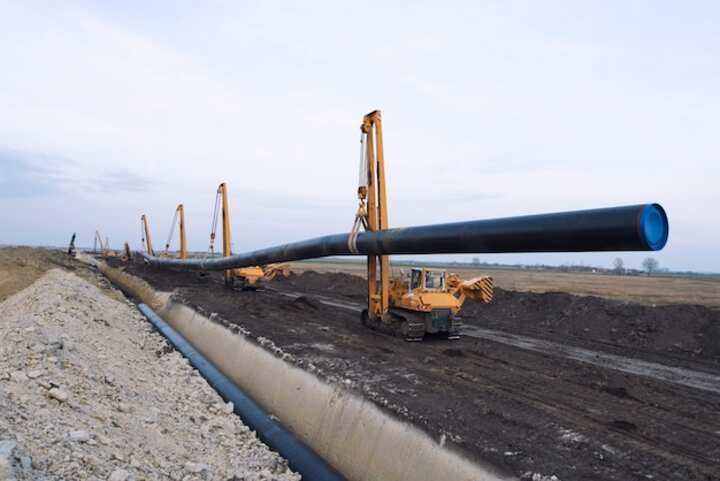
Expert Solutions for Residential Sewer Line Repair and Replacement
Sewer line issues can be a homeowner's nightmare, disrupting daily life and potentially causing significant property damage. Whether due to aging infrastructure, invasive tree roots, or simple wear and tear, addressing these problems promptly is crucial. This article provides expert insights into the most effective solutions for residential sewer line repair and replacement, ensuring that homeowners can make informed decisions when faced with these challenging situations.
Understanding Common Sewer Line Problems
Before diving into solutions, it's essential to understand the typical issues that affect residential sewer lines. The most common problems include:
- Blockages: These occur when foreign objects or buildup obstruct the flow of wastewater.
- Cracks and Leaks: Often caused by shifting soil, settling, or pressure from above, leading to water escaping into the surrounding area.
- Tree Root Intrusion: Roots can penetrate sewer lines, causing significant blockages and even ruptures.
- Corrosion: Older pipes, especially those made of metal, are susceptible to corrosion, leading to weakened structural integrity.
Understanding these problems is the first step toward identifying the appropriate repair or replacement method. Explore further insights here.
Expert Repair Solutions
When dealing with sewer line issues, different repair methods can be employed depending on the severity and root cause of the problem. Here are some expert solutions:
Trenchless Sewer Repair
This modern technique has revolutionized sewer line repairs by minimizing the need for extensive digging. It includes methods such as:
- Pipe Lining: Also known as cured-in-place pipe (CIPP), this method involves inserting a resin-coated tube into the damaged pipe, which hardens to form a new line within the old one. Learn more in this detailed guide.
- Pipe Bursting: Involves pulling a new pipe through the old one, fracturing the existing pipe and replacing it simultaneously.
Trenchless methods are less invasive, quicker, and often more cost-effective than traditional excavation techniques.
Traditional Sewer Repair
In cases where trenchless methods are not feasible, traditional sewer repair, which involves excavating the affected area to access the pipe directly, may be necessary. While more disruptive, it can be the most appropriate solution for severely damaged or deeply buried lines.
When Replacement Is Necessary
Sometimes, repairs are insufficient, and a complete sewer line replacement is required. Indications for replacement can include:
- Extensive Pipe Damage: When pipes are too damaged or degraded to benefit from repair methods.
- Outdated Materials: Replacing old materials such as clay or cast iron can prevent future issues.
- Frequent Repairs: If repairs are becoming increasingly frequent, replacement may be more cost-effective in the long run.
For more details on when replacement is necessary, read more about this topic.
Preventative Measures
To minimize the risk of sewer line issues, consider implementing preventative measures. These can include:
- Regular Inspections: Routine camera inspections can catch potential problems early.
- Tree Management: Planting trees away from sewer lines and removing invasive roots can prevent damage.
- Proper Waste Disposal: Avoid flushing non-degradable items and dispose of grease properly to prevent blockages.
For comprehensive preventative strategies, find additional information here.
Conclusion
Addressing sewer line issues promptly with expert solutions can prevent costly damage and restore normalcy to daily life. By understanding the problems and available solutions, homeowners can take informed steps toward maintaining their sewer systems effectively. For further guidance and detailed insights, explore further insights here.